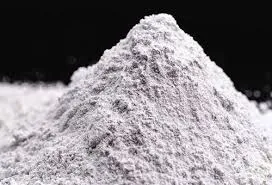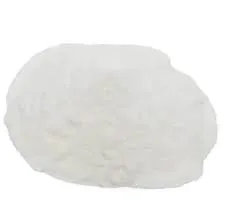
មករា . 28, 2025 04:40 Back to list
HPMC


The cosmetic industry has also embraced HPMC, capitalizing on its non-irritant and hypoallergenic nature. It integrates seamlessly into skincare and hair care formulations, where it acts as an emulsion stabilizer or thickening agent. Consumers benefit from the enhanced sensory experience and improved performance of cosmetic products containing HPMC, reaffirming its stature as an indispensable ingredient in personal care. As HPMC is biodegradable and derived from renewable sources, its sustainability further enhances its appeal in industries gradually transitioning to greener processes. The environmental footprint of HPMC remains minimal, thus enabling companies to meet regulatory requirements and consumer expectations for eco-friendly products without compromising on quality. However, the implementation of HPMC is not without challenges. Companies must consider compatibility with other formulation components, as well as the precise control of viscosity and gelation temperature. Optimal results often require a nuanced understanding of product-specific needs and conditions, which emphasizes the importance of expertise in leveraging the full potential of HPMC. In conclusion, hydroxypropyl methyl cellulose represents a crucial advancement in both established and emerging sectors, enabling superior product characteristics and innovation. Its diverse applications demonstrate its indispensable role in enhancing product quality, safety, and sustainability, making it a compound worthy of its continued exploration and implementation. The future of HPMC looks promising as industries innovate around its multifaceted capabilities, ensuring it remains a cornerstone of formulation science in the decades to come.
-
Unlocking the Benefits of HPMC Products: A Gateway to Versatile Applications
NewsAug.07,2025
-
Unleashing the Potential of HPMC Ashland: A Comprehensive Look
NewsAug.07,2025
-
Tile Bonding Cellulose: The Key to Superior Adhesion and Durability
NewsAug.07,2025
-
Hydroxypropyl Methylcellulose Powder: The Versatile Component in Modern Pharmaceuticals
NewsAug.07,2025
-
Hydroxyethyl Cellulose: The Versatile Solution for Various Industries
NewsAug.07,2025
-
Hydroxyethyl Cellulose (HEC): The Versatile Polymer for Various Applications
NewsAug.07,2025







